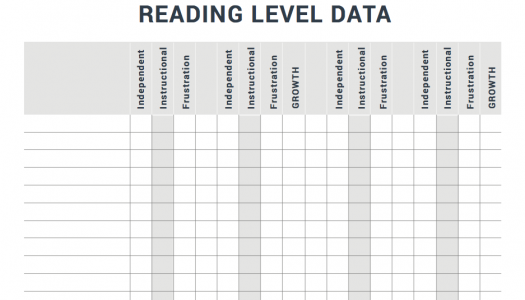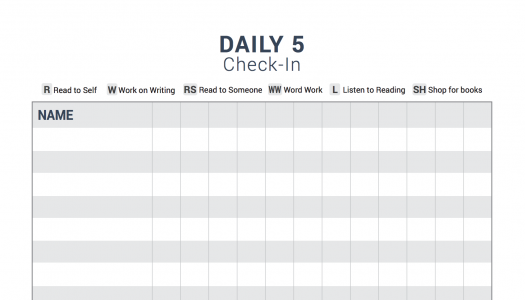About Assessments

Join Our Community
Access this resource now. Get up to three resources every month for free.
Choose from thousands of articles, lessons, guides, videos, and printables.
It seems as though teachers and administrators are always in pursuit of the best assessment on the market. The good news is we know there are many wonderful assessments available. The bad news is that there are some assessments out there which are not as good. So the question is: what really makes a good assessment?
As classroom teachers, our filter for a good assessment is always the same; the assessment must have children reading text, real text, not lists of words or lists of fake words. What this really means is that regardless of the assessment we use, so long as our children are reading a story or a passage, we are able to gather necessary information to guide our instruction. Will the assessment allow us to listen to them read, making note of their miscues, check their fluency, see how they handle the vocabulary of the text and the grandaddy of them all, be certain to ascertain if they are comprehending the text or not? If so, we consider the assessment of value. It always seems appalling when we hear about teachers being asked to do one assessment for fluency, one for accuracy, a different assessment for vocabulary, and aren't required to check for comprehension at all! Why not administer one assessment that does all four?
However, it is not just about giving the assessment itself. Once the assessment is administered, we want to use the results to guide our instruction for students. We used to do the 'Cram and Slam' method of assessing. Perhaps some of you are familiar with it? We would assess our students, open up our filing cabinets, cram the assessments in the drawer and then slam the drawer shut and get back to teaching our curriculum. That didn't do us or our students any good.
Now we keep a copy of The CAFE Menu beside us, and as we assess each student we are constantly thinking, "What do I think this child's greatest area of need is? (Comprehension, Accuracy, Fluency or Vocabulary) and if I were to pick one or two strategies to focus on for the next week or so with this child, what might they be?"
So do we have favorites or assessments we recommend? When Richard Allington spoke at the International Reading Association in Florida, he said he believes every teacher needs to know how to administer a Running Record. We would agree. Personally we have used a Running Record in conjunction with everything from a variety of different IRI's (Ekwall, Burns, and Roe) QRI's. ARI's to Fountas and Pinnell, Developmental Reading Assessments, and Jerry Johns. Each has it's strengths as they all require real reading. Another valuable component to a strong, successful assessment school-wide involves consistency and calibration among staff to make the assessments strong and consistent.
So as you are administering your assessments, a key is to be aware of what each of your student's areas of strengths, needs, and potential goals are so you can help set their individual goals and utilize the results of your assessments to help formulate your instruction.
Want to know more? We can highly recommend Assessment in Perspective by Clare Landrigan and Tammy Mulligan







